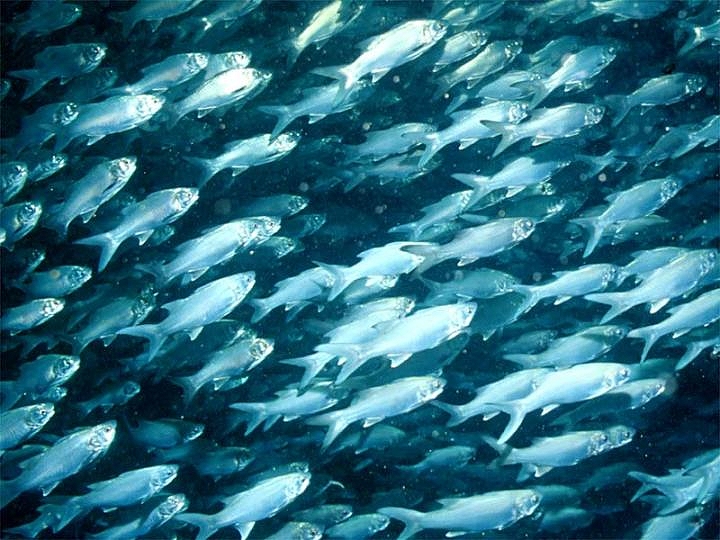 |
| pressure cooker curried chickpeas and rice |
Fast forward many years....my friend Emily at The Kindred Kitchen recently had me over for dinner. She made an amazing dinner in her pressure cooker. She was so confident, so calm, and it was all so delicious! I was hooked and got my own.
When I talked to my mother about it she told me that her mother, my Grandma Katzy, had used a pressure cooker when she was growing up. I asked my mother why she never used one. She replied by sharing a story about my Nana, my father's mother, involving a pressure cooker. Apparently in the middle of cooking dinner with the pressure cooker something went wrong and the lid blew off. There was so much force involved that the lid embedded itself in the ceiling of Nana's apartment. One can only imagine the horror and disbelief ... and what the kitchen must have looked like. Mom wasn't exactly sure how Nana managed to get the lid out of the ceiling. That was the end of pressure cooking as far as Nana was concerned.
Needless to say it was enough to convince my mother that she did not want to use a pressure cooker. Ever. Not having grown up around one neither did I. Until now. I've been experimenting with it and have discovered that I absolutely love it; it is rapidly becoming one of my favorite kitchen appliances. Meats and vegetables are delicious, colorful, flavorful, and oh so tender. The real prize-winning use however is for rice and beans, of all different flavor profiles. It is so quick, so easy, and it comes out just right. I absolutely love my pressure cooker and owe Emily a debt of gratitude for helping me to change my mind. This recipe is based on one that she shared with me.
PC Curried Rice and Beans
1 cup chickpeas, picked over and rinsed
1 cup brown rice
1 medium onion, diced
2 cloves garlic, minced
2 tablespoons curry powder
2 cups vegetable broth
sea salt and fresh ground pepper to taste
1/2 cup chopped cilantro
In the morning set the chickpeas to soak in a pot of hot water
In the evening assemble your meal:
Drain and rinse the chickpeas
Heat the olive oil in the pressure cooker
Saute the onions and garlic for a few minutes until soft
Add the curry powder and stir for a moment
Add the rice and stir until the rice is coated
Add the broth, chickpeas, salt and pepper
Lock the lid in place and bring to high pressure
Reduce the heat but still maintain high pressure
Cook for 9 minutes and remove from heat
Let pressure drop naturally for another 5 minutes
Quick release and then remove the lid
Stir in the chopped cilantro and serve

















